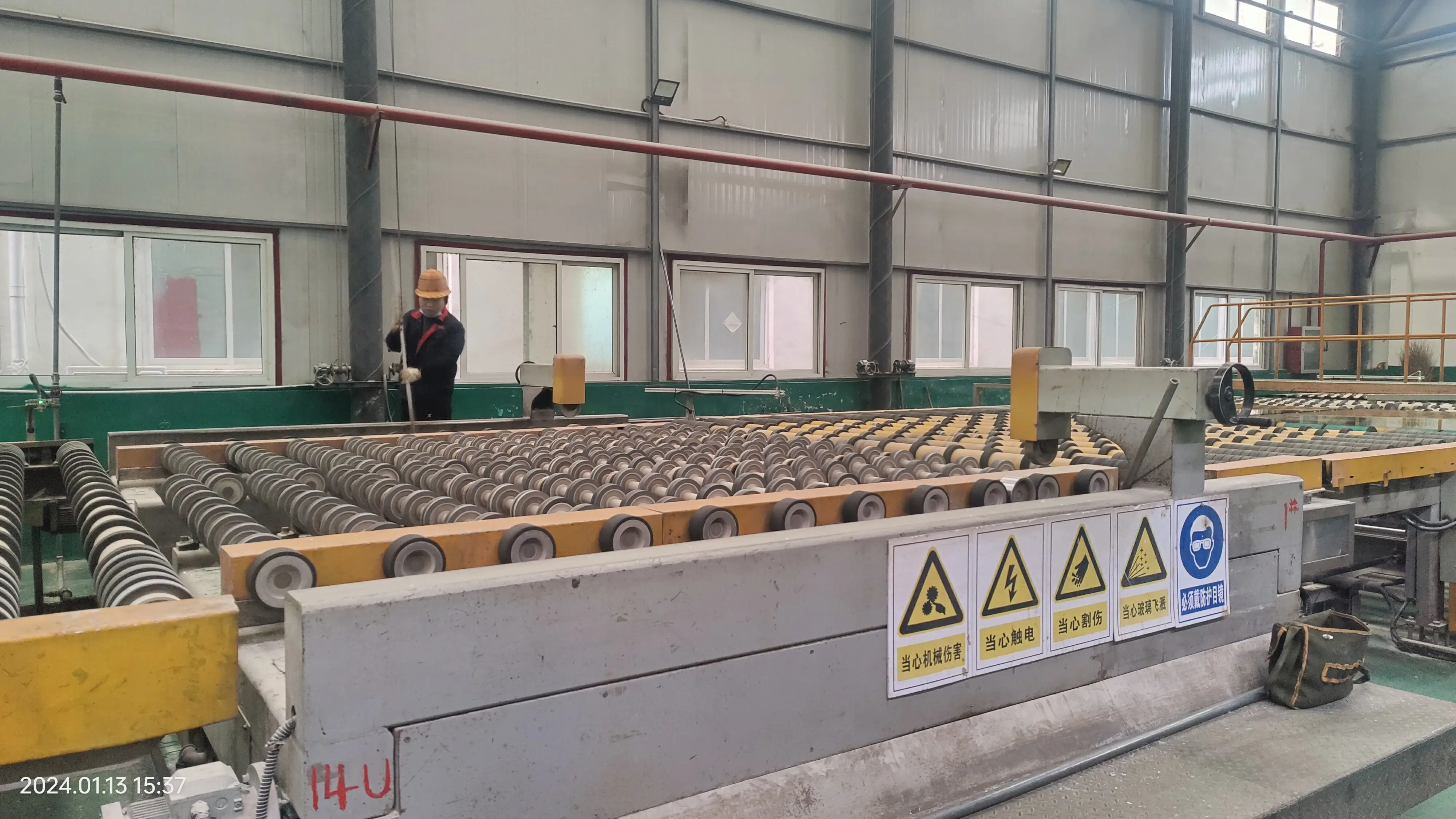

The Fascinating World of Partially Silvered Mirrors
A partially silvered mirror, also known as a beam splitter, serves as a fascinating interface between light and reflection. This optical device enhances our understanding of light behavior and plays an essential role in various fields, including photography, optical instruments, and experimental physics.
What is a Partially Silvered Mirror?
A partially silvered mirror is a thin glass or plastic substrate coated with a thin layer of a reflective material, typically silver or aluminum. Unlike a traditional mirror, which reflects nearly all light that strikes its surface, a partially silvered mirror reflects some light while allowing the rest to pass through. The ratio of reflection to transmission can vary depending on the specific design of the mirror, making it a versatile tool for manipulating light.
Applications in Optics
One of the primary uses of partially silvered mirrors is in optical setups, such as laser systems or interferometers. In these applications, the mirror can direct light in multiple ways, allowing researchers to create complex experimental configurations. For example, in a Michelson interferometer, a beam splitter divides a single beam of light into two separate beams, which then travel different paths before being recombined to create interference patterns. These patterns can provide valuable information about the properties of the light source and other optical elements in the system.
The Role in Photography
Photographers also rely heavily on partially silvered mirrors, particularly in the construction of camera viewfinders and certain types of filters. In single-lens reflex (SLR) cameras, a partially silvered mirror helps direct light from the lens to the viewfinder, allowing the photographer to see exactly what the camera’s sensor will capture. This feature enhances the photographer's ability to compose shots accurately and adjust settings based on the live view of the scene.

Moreover, in advanced photographic techniques such as double exposure, a partially silvered mirror is crucial. It allows for the capture of multiple images on a single frame by blending the light from two different exposures, providing a unique artistic effect.
Innovations in Technology
Recent technological advancements have further expanded the utility of partially silvered mirrors. In the realm of augmented reality (AR) and virtual reality (VR), these mirrors are pivotal in creating immersive visual experiences. By managing light paths effectively, they enable seamless blending of digital imagery with the real world, enhancing user interaction and engagement.
Furthermore, during video production, filmmakers utilize partially silvered mirrors to achieve specific visual effects and control lighting in scenes. By altering the reflection and transmission of light, directors can create striking visuals that captivate audiences.
Conclusion
Partially silvered mirrors may seem like simple optical devices, but their multifaceted applications across various disciplines highlight their importance in the manipulation and control of light. From enhancing artistic expression in photography to facilitating groundbreaking research in science and technology, they represent a remarkable intersection of art and science.
As we continue to innovate and explore the possibilities of optics, these mirrors will undoubtedly remain a cornerstone of many breakthroughs, allowing us to perceive and represent the world around us in new and exciting ways. The study of light through partially silvered mirrors not only invites us to appreciate the beauty of optics but also opens doors to endless possibilities in both scientific exploration and artistic creation.